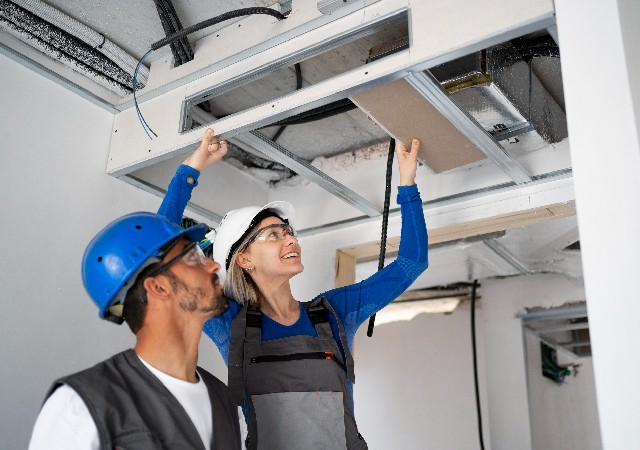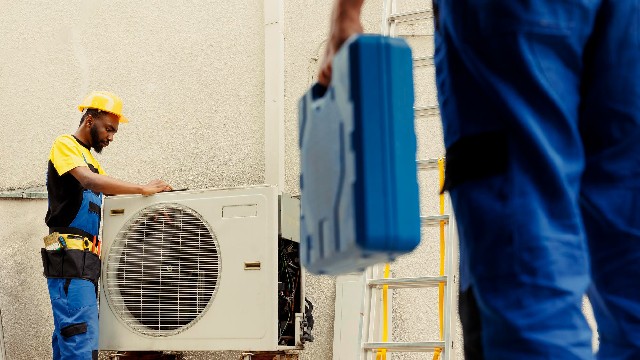Heating, Ventilation, and Air Conditioning

The Role of Heating in HVAC Systems
The heating component of an HVAC system ensures that a building remains warm during cold weather. It typically involves a furnace, heat pump, or boiler that generates heat, which is then distributed through ducts, radiators, or in-floor systems. This ensures a consistent indoor temperature for comfort and productivity.
Ventilation
Improving Air Quality and Circulation Ventilation is essential in controlling indoor air quality and removing pollutants. It helps to bring fresh air into a building while exhausting stale, contaminated air. Ventilation can be natural or mechanical, with systems such as exhaust fans, air ducts, or air exchange units that maintain airflow and reduce indoor allergens, moisture, and odors.
Air Conditioning
Cooling and Moisture Control Air conditioning is responsible for cooling indoor spaces and reducing humidity. It works by removing heat from the air inside the building and releasing it outdoors. Air conditioners use refrigerants to absorb and expel heat, making the environment more comfortable, especially in hot climates.
Energy Efficiency in HVAC Systems

